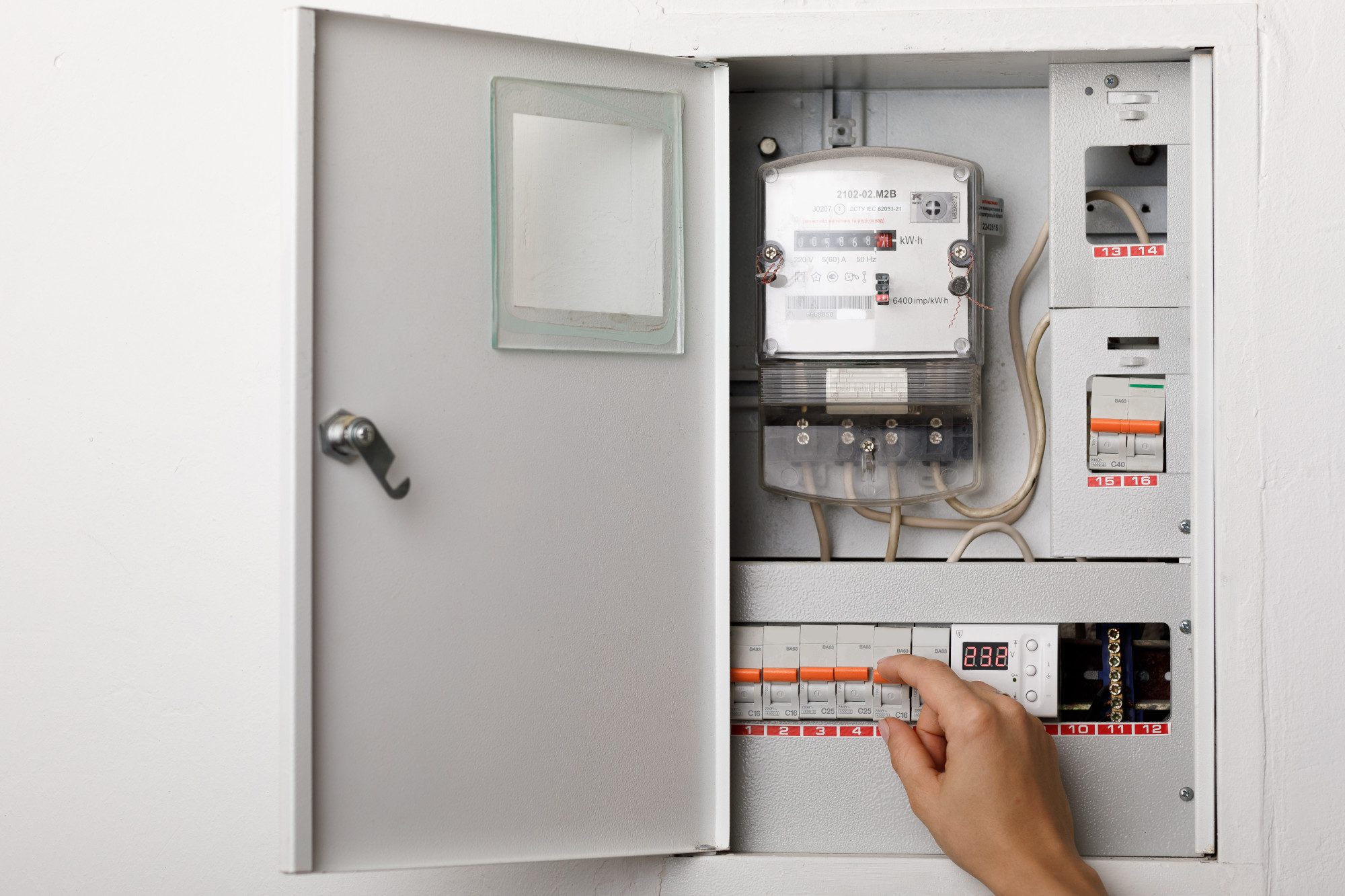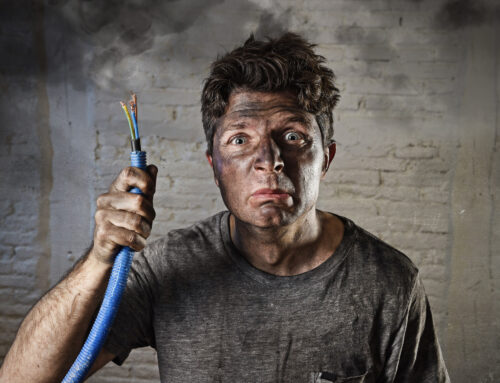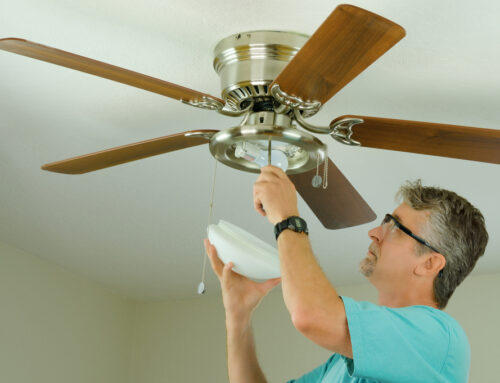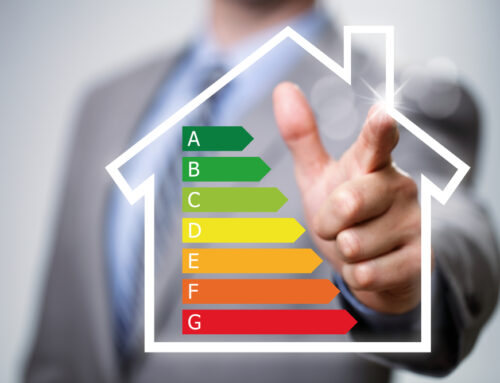Did you know that the average home receives between 100 and 200 amps of electricity from the electrical company?
While you might think this means that electricity is available to you on-demand in whatever quantity you need, you’d be wrong. Any homeowner who has had their circuit breakers trip knows that you must be careful with how much electricity you use at one time.
Before you can use electricity in your home, it has to flow from the utility provider to your electric meter. Then, it goes through your fuse box or circuit breaker and finally throughout your home into your light switches and outlets. If there’s an issue at any point in this process, your circuit breaker can trip, temporarily cutting off your electrical supply.
While it is an annoying experience, resetting your circuit breaker is usually an easy process. Knowing what to do after a circuit breaker trips (and knowing what causes circuit breakers to trip in the first place) will help you avoid having this be a repeat issue.
Why Do Circuit Breakers Trip?
A few different issues could be causing your circuit breaker to trip, each with its own cause. The most common of these is an overloaded circuit, a short circuit, or a faulty circuit breaker.
Overloaded Circuit
Circuits are built to handle a certain amount of electricity at one time (generally 15 or 20 amps). You can use multiple electrical devices and lights on that circuit as long as the combined electrical load of those devices doesn’t exceed the amount the circuit can handle. If you do, the circuit breaker will cut off the electrical supply to that circuit.
You’ll know this happened because you’ll have just been running many electrical appliances at once. When you check the breaker box and see the switch is off with no other sign of damage, that also means that you overloaded your circuit.
Short Circuit
Sometimes, a short circuit causes your circuit breaker to trip. Faulty or loose wiring causes a short circuit. When wires in your walls are touching that shouldn’t be touching, too much electrical current flows through the circuit.
The circuit breaker cuts off the power supply to keep the circuit from overheating and causing a fire. If this is happening, you might smell burning near your breaker box.
Faulty Circuit Breaker
If your circuit breaker is near the end of its lifespan, it may be tripping even when it doesn’t need to. If your circuit breaker is tripping repeatedly for no clear reason, it’s time to get it replaced.
Circuit breakers may also come loose or even corrode over time. Both of these issues will cause your circuit breaker to overheat and trip.
What to Do After a Circuit Breaker Trips
For an overloaded circuit, unplug the appliances you were using, reset the breaker switch, and be on your way. If your breaker continues to trip in the future, you may need to move some of your appliances to a different circuit or upgrade the circuit to handle more amps.
When dealing with a short circuit, you’ll need to figure out where the issue is in your wiring and fix it. For both insurance and safety reasons, it’s best to work with a professional electrician. This will keep you from electrocuting yourself or running into other dangerous situations.
If your circuit breaker is old or faulty, you can fix the issue by getting a new circuit breaker. Again, this is a situation when you’ll want to call on a professional for help.
Call on Us to Help With All Your Electrical Needs
When circuit breakers trip, it’s crucial to know what caused the problem. An overloaded circuit is an easy fix, but everything else requires the help of professionals.
At White Electric, we provide you with quality you can trust. Our insured, licensed, and highly trained electricians can help with any electrical problem you’re experiencing. Whether you need electrical upgrades, installations, or other services, we’re more than ready for the job at hand.
In need of electrical support now? Contact us by phone or email today!






